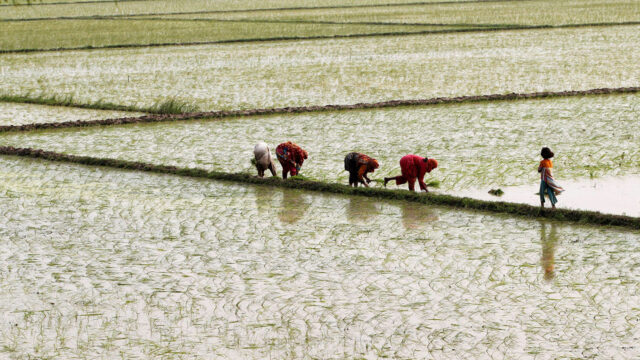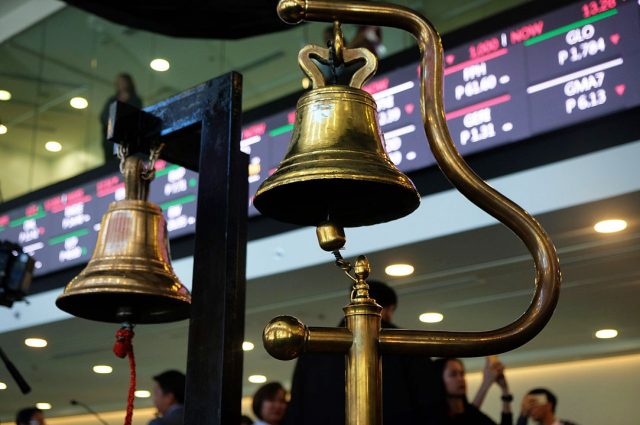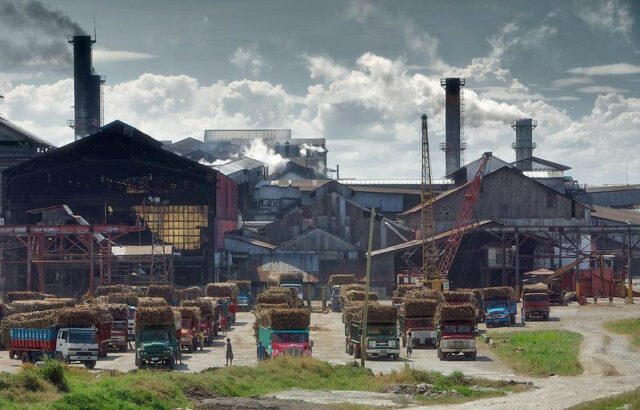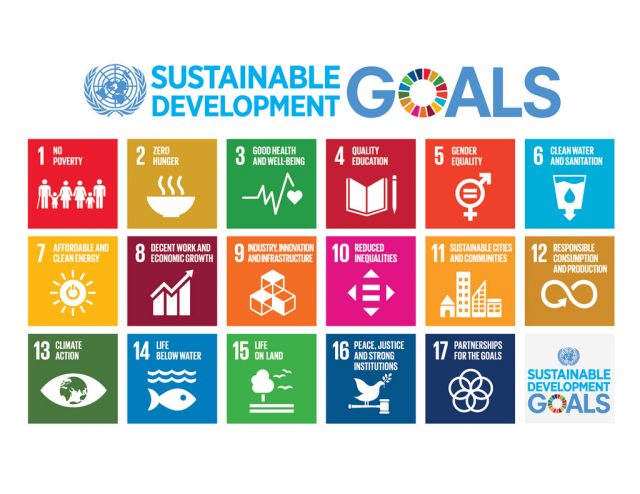As I was enjoying a rosé-flavored drink while listening to a catchy new song, I couldn’t help but think about the absence of Advance Pricing Agreements (APAs) in the Philippines. This reflection seemed quite apt, especially as I recalled insights from a regional Transfer Pricing (TP) training session I attended recently. This made me curious how our country could benefit from implementing a robust APA framework, so this void no longer mars the pursuit of tax certainty.
OVERVIEW OF APAs
Navigating the intricate world of international tax can be challenging for many of us, especially when it comes to TP— the pricing of transactions between related parties. APAs present a valuable solution by establishing pre-agreed methodologies for determining transfer prices, thereby providing predictability in tax liabilities, minimizing disputes, and ensuring compliance. They come in three forms: unilateral (involving one tax authority), bilateral (involving two tax authorities), and multilateral (involving multiple tax authorities) agreements. These agreements promote a collaborative relationship between businesses and tax authorities, creating a stable and transparent tax environment that is crucial for ensuring fair tax practices and attracting foreign investment.
While APA programs are being adopted worldwide, the Philippines currently lacks specific regulations in this area, leading to uncertainties for multinational enterprises. By examining neighboring Southeast Asian countries like Indonesia, Malaysia, Singapore, Thailand, and Vietnam, we can gain perspective ahead of the potential adoption of APAs in the Philippines.
INDONESIA: OFFERING CLARITY AND INCENTIVES
Introduced in 2010, Indonesia’s APA program has recently been updated to offer clearer directives. Last year, Indonesia consolidated previous regulations on TP documentation, Mutual Agreement Procedures (MAP), and APAs, providing comprehensive administrative guidance in one document. The framework also now allows for multilateral APAs, offering greater flexibility for companies operating in multiple jurisdictions. Another significant change is the elimination of administrative sanctions related to APA execution, such as penalties for revising corporate tax returns. These updates make the APA process more attractive for businesses.
MALAYSIA: ENHANCING EFFICIENCY
Malaysia ensures efficient use of resources by considering only APA applications that meet specific requirements or thresholds. Companies can enter into a bilateral or multilateral APAs only if the overseas party is in a jurisdiction with a double taxation agreement (DTA) with Malaysia. If no DTA exists, the Malaysia-based company can only enter into a unilateral agreement. Additionally, the term for APAs can now be extended beyond the traditional five-year maximum, making the program more cost-efficient.
SINGAPORE: LEADING THE REGION
Singapore has long been a regional leader in implementing APAs, with its first guidelines dating back to 2006. The Inland Revenue Authority of Singapore is often commended for its expertise and professionalism, which foster a business-friendly environment. Additionally, clear guidelines and accessible information online further enhance the program’s effectiveness, ensuring transparency and keeping stakeholders well-informed.
THAILAND: PIONEERING BILATERAL AGREEMENTS
Thailand stands out for being one of the first in Asia to implement Bilateral APAs (BAPAs) with key partners like Japan. Thailand’s exclusive focus on BAPAs provides certainty and predictability while reducing the risk of double taxation, as tax authorities from both countries involved in a transaction mutually agree on the TP methodology. Recently, Thailand’s APA guidelines were updated to require additional documents in applications. Complete documentation can build trust and enables more informed and effective decision-making.
VIETNAM: ADVANCING COMPLIANCE
Vietnam’s APA program is on a path of evolution. Recent updates have removed the requirement for a pre-filing consultation to ease the administrative burden. However, the application process includes mandatory phases — official submission, assessment, discussion and negotiation, and conclusion — without specified timelines for each stage.
From the above insights, the Philippines may consider the following to harness the benefits of APAs. First, we should establish clear guidelines and procedures for APA applications, ensuring transparency and accessibility to all stakeholders. Second, entering into bilateral and multilateral APAs with key trading partners can reduce double taxation risks and strengthen economic ties. Third, equipping tax authorities and businesses with the necessary knowledge and tools to navigate the APA process can ensure smooth implementation and compliance. Fourth, offering incentives such as reduced penalties and streamlined administrative processes will encourage businesses to participate in the APA program. Finally, it is important to continuously monitor the APA framework’s effectiveness and update regulations as needed to address emerging challenges and opportunities.
Implementing a robust APA framework can have several positive impacts on the economy. First, it can attract foreign investment by creating a transparent tax environment, making the Philippines a more appealing investment destination for foreign enterprises. Moreover, APAs help reduce tax disputes by pre-agreeing on transfer pricing methodologies, saving time and resources for both businesses and tax authorities. Furthermore, a well-implemented APA framework can improve overall tax compliance, ensuring that businesses adhere to fair tax practices, which in turn, can lead to increased tax revenue for the government. Ultimately, a stable and transparent tax environment can contribute to economic stability. This would allow businesses to plan their operations with greater confidence, leading to sustained economic growth and development.
We can learn from the experiences of our Southeast Asian neighbors to help us develop a robust APA framework that benefits businesses and the economy. Policymakers should prioritize creating clear guidelines and building tax authority capacity. Reportedly, our tax authorities are on the right track creating a team and training them on TP matters, including APA. Yes, APA too.
The views or opinions expressed in this article are solely those of the author and do not necessarily represent those of Isla Lipana & Co. The content is for general information purposes only, and should not be used as a substitute for specific advice.
Patrick Andrew Lim is an assistant manager at the Tax Services department of Isla Lipana & Co., the Philippine member firm of the PwC network.
+63 (2) 8845-2728
patrick.s.lim@pwc.com












